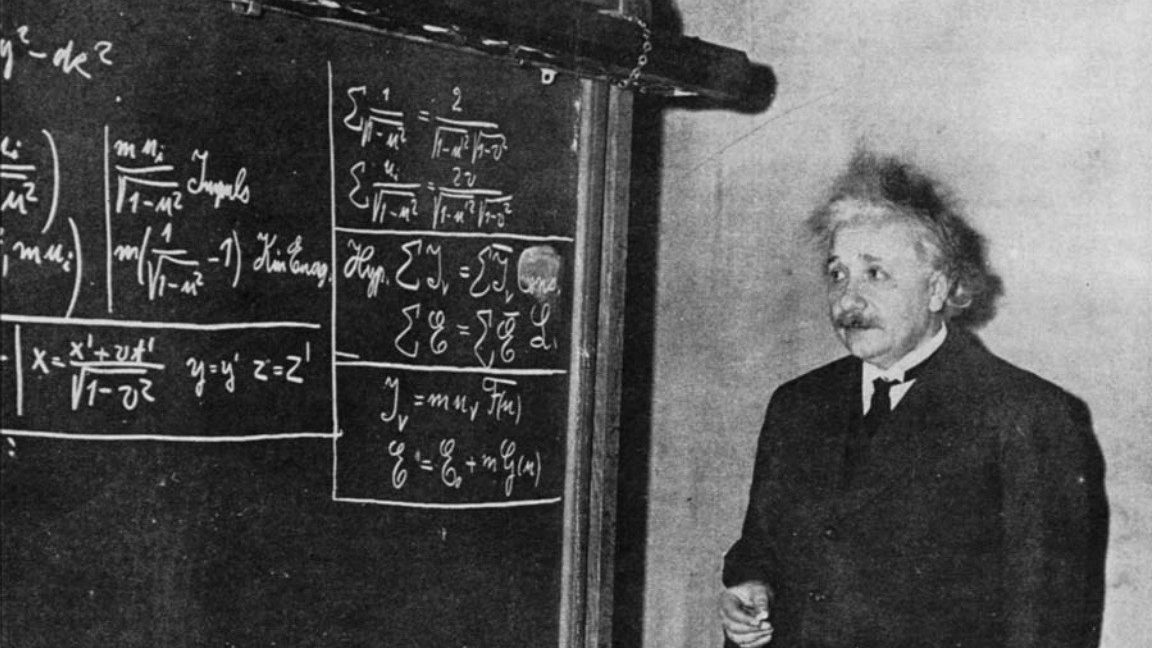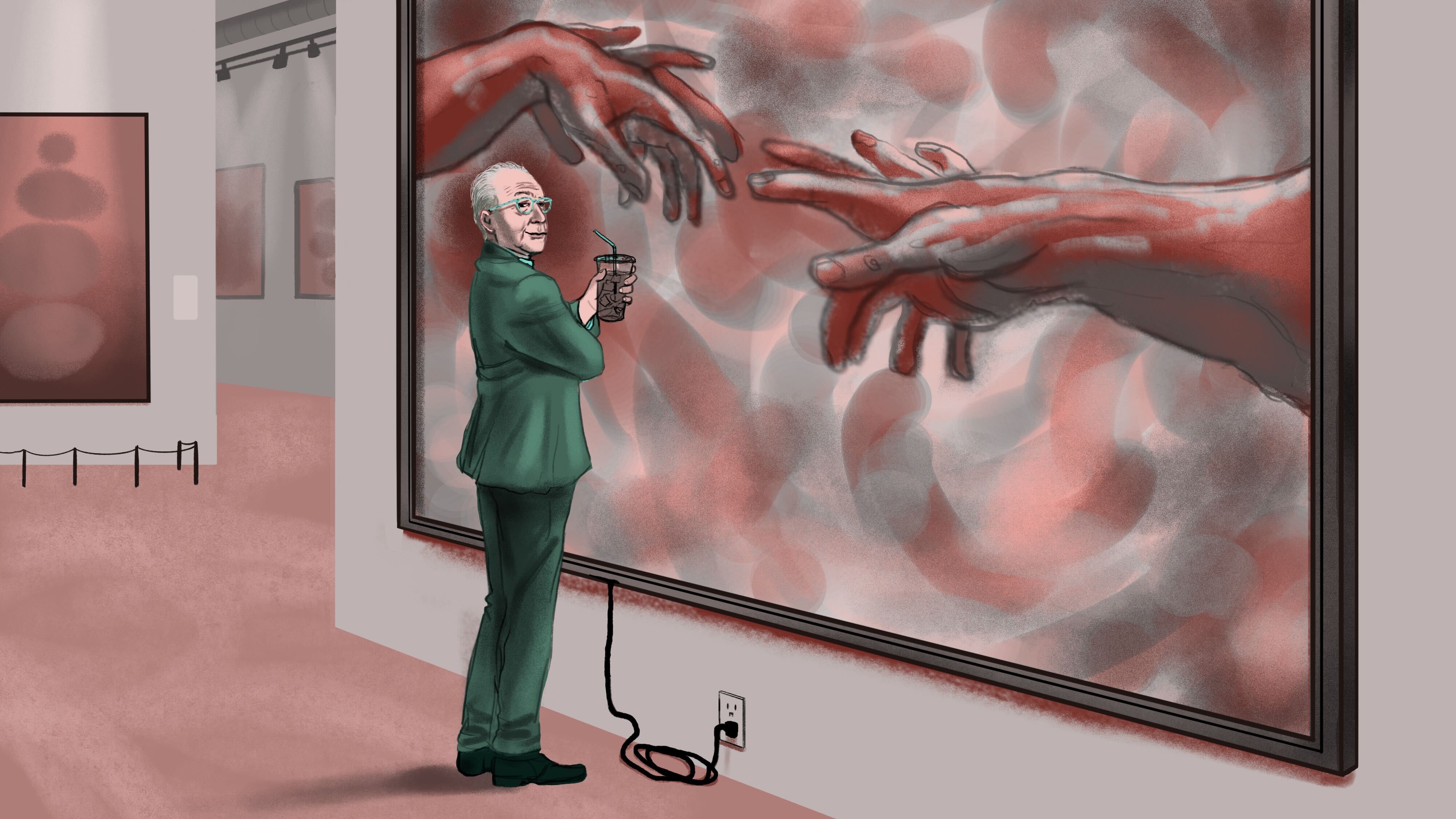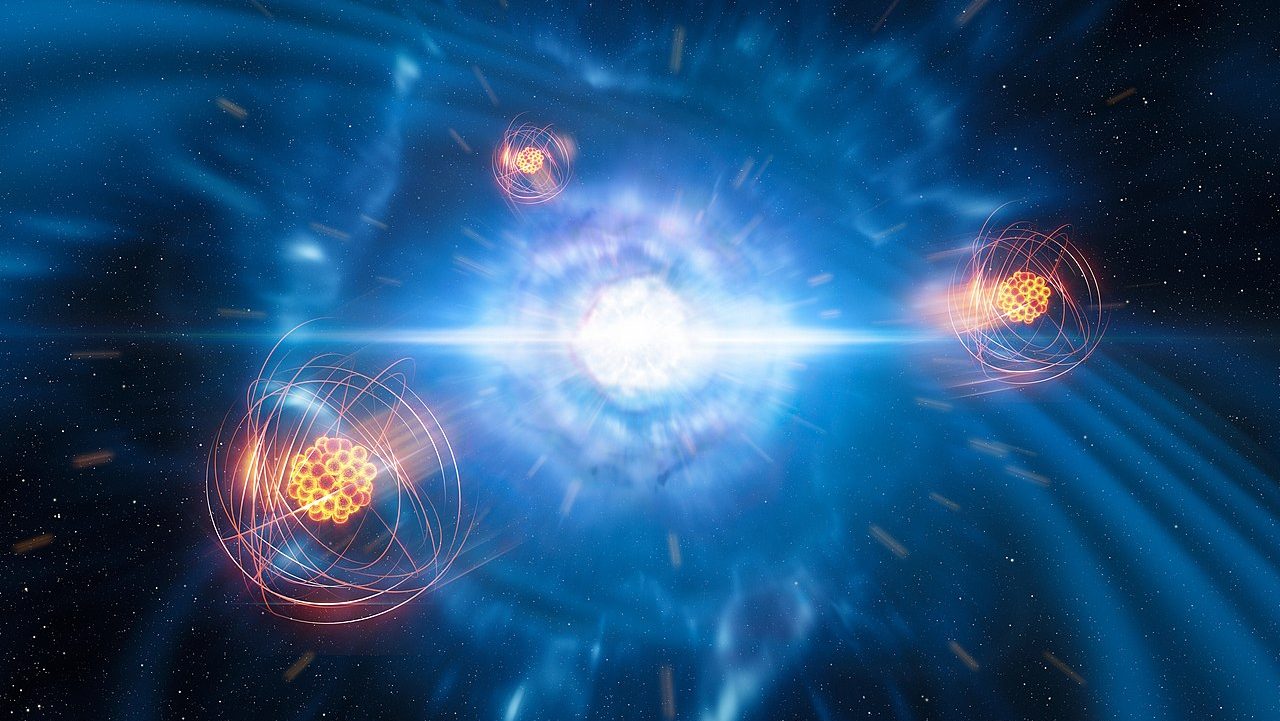Futuristic inventions and emerging technologies that will change the world

(Photo Credit: Rick Guidice/NASA)
- Self-sustaining space colonies and unlimited fusion energy would bring humanity to a new point in our evolution.
- Flying cars and robot butlers could be the next paradigm shift in our tech appetite for change.
- Death and consensus reality might soon become obsolete.
The future holds unparalleled visions of progress and intrigue for the curious. It is within this phantom time that’s yet come to past where we manifest our hopes, dreams and even worst fears. One certainty that seems to us like an inevitability, is the continual forward march of technological progress. Young people of today know only of a time of unprecedented exponential technological growth.
While we’ve had our fair share of inventive breakthroughs in the past that have changed the world, the dazzling and world shaking inventions of the future will change the world in even stranger and greater ways.
There’s no telling what the futuristic inventions of the world hold, but we can start by taking a few wild and speculative guesses.
Personal robot assistants
Our robot butlers have been a collective dream for nearly the past century. Years before any actual valid science in the realm of robotics or machine learning even existed, the cartoonish and fictionalized representation of the robot butler was stained into cultural memory.
Whether it was the cartoon Jetsons or Asimov’s breakthrough science fiction, we’ve always had a special place in our hearts for these anthropomorphic household serfs. While industrial robots have been on the scene for decades, the world of commercial personal robots has been a disappointing affair of either vaporware or highly specialized products released like the robot vacuum.
Smart devices like Amazon’s Alexa and Apple’s Siri are steps in the right direction and revolutionary tech in their own right. But the invention and proliferation of an all purpose general AI robot assistant as ubiquitous as the smartphone is where the real future is at.
Fully immersive virtual reality
Plug in, boot up and never come out.
The invention of a fully immersive virtual reality is eschaton for technological geeks and futurist freaks. A type of technology like “full-dive VR” would be unprecedented. Capable of simulating reality to a perfect fidelity, the chasm between real and unreal would begin to lack meaning for most people. The cultural and philosophical quandaries raised by this type of technology hasn’t even begun to be explored yet.
For adherents of this technology would be able to create the most intense simulations that could keep the mind busy for eternity. Why go out for a night on the town in consensus reality when you could be swimming the Saturnine waters in Godlike bliss.
Cryonics
The age old foe that’s haunted life forever. Death and our eventual defeat of it has been immortalized in our first poetic epics and the thwarting of it is now seriously being considered by many of our leading minds.
One of the weird ways we’ve thought about overcoming death is by literally freezing ourselves. Cryonics is the “science” of freezing a human corpse with the hopes that we could one day revive the person. Most of the scientific establishment considers this pure quackery. But this hasn’t deterred some of its fiercest proponents. Not to mention, when it comes to death there’s really nothing to lose in trying our hand as a last ditch effort.
President of the largest cryonics organization in the world, Dennis Kowalski, once put it this way: “There’s no guarantee you’ll be able to be brought back, but there is a guarantee that if you get buried or cremated, you’ll never find out.”
This so-called quackery could be a game changer for the thousands already frozen if methods become available to revive the dead. Yale scientists just recently were able to restore brain function to pigs after they’d been declared dead for hours.
Exo-skeletons
Exoskeletons are by no means new technology. Research and development for military purposes have been exploring and creating the technology since the 1960s .
Their potential for changing the lives of millions in the near future is a very likely possibility. Some experts believe that they’ll be used more in everyday tasks for industrial companies, where workers require extra strength in jobs that can’t be automated yet by robots. Other types of exoskeletons will be able to help senior citizens walk around and have less need for physical assistance or other low-tech walking solutions.
Reporters at The Verge have already checked out a motorized medical exoskeleton by SuitX which has allowed a paralyzed man to walk while wearing the suit.
Flying Cars
We wanted flying cars, instead we got 140 characters. – Peter Thiel
Where the hell is our flying car? Often the refrain of many critics lambasting the out of touch futurist predictions we’ve heard for years. But that may change. Maybe… Without getting too far ahead of ourselves, a number of companies such as Uber, have announced their intention to create an air taxi fleet.
This has jump started a new era of innovation and actual work being done to create flying cars. In actuality, these current prototypes often resemble oversized quadcopter drones.
Flying cars, whether they be roaring drones or speculative fiction Blade-runner hover cars have the possibility to really shake up the landscape and infrastructure of our world. The advent of automobiles has turned half the world into a paved parking lot. The possibility of reversing this urban sprawl and car created detritus could be a huge boon to civilization and the future of transit.
Current hackneyed ideas like putting 20th century roller coaster wheels on cars through single lane tunnels… isn’t going to cut it.
Holography
Augmented reality and other sorts of overlay vision technologies seem to have outshined the old dream of a three-dimensional hologram. But the technology is still being worked on in certain corners of the tech world.
Future holographs won’t require the addition of a special set of eyeglasses, which current VR and AR applications are limited to. The invention of a seamless 3D hologram could potentially allow for the uninterrupted perception of talking to someone thousands of miles away, and make it seem like they were right there in your living room.
Artificial gravity
One current problem facing any potential long-term space trip is the fact that we can’t generate an environment with artificial gravity. The ability to do this would allow us to bypass many of the pitfalls of living in a zero gravity environment for long stretches of time.
Theoretically it would be possible to generate artificial gravity through centrifugal force. We would need large scale rotating spacecraft, like the one seen in 2001: Space Odyssey. Many fictional space opera shows bypass this problem by conceptualizing some gravity generator device.
Space habitats
In the 1970s, NASA funded a group of researchers to come up with a feasible design for space colonies. They had to do it within a budget constraint of $35 billion or less. These ideas are still with us today and still stir up our imaginations. Three concepts that came out of this study are referred to as: the Bernal sphere, Stanford torus, and O’Neill cylinder.
The colonies would reside in the Lagrangian point called L5. This seems like a safe place to put it as it’s situated in a healthy balance between the earth, our moon and the sun. Each colony would be self-sufficient and have dedicated agricultural areas.
In the case of the O’Neill cylinder, it would be 5 miles wide and 20 miles long. With three strips of land interspersed with sealed windows, the colony would be able to generate its own gravity.
Space habitats like these would allow us to live beyond Earth and prepare us for more further out journeys into our solar system and beyond.
Fusion power
The burning of fossil fuels and even new and novel ways of generating power through renewable energy could one day be a thing of the past. To go beyond collecting solar energy and instead generate power through our own fusion reactor would dramatically shift the way we power our civilization.
Since the 1950s, research has gone into the development of fusion. If it were created we’d have an unlimited source of energy. Scientists have figured that just one kilogram of deuterium extracted from water, could per day create enough electricity to power nearly a million homes.
It’s going to be a challenge, but some recent advancements have made the promise of unlimited energy look like a future reality.





